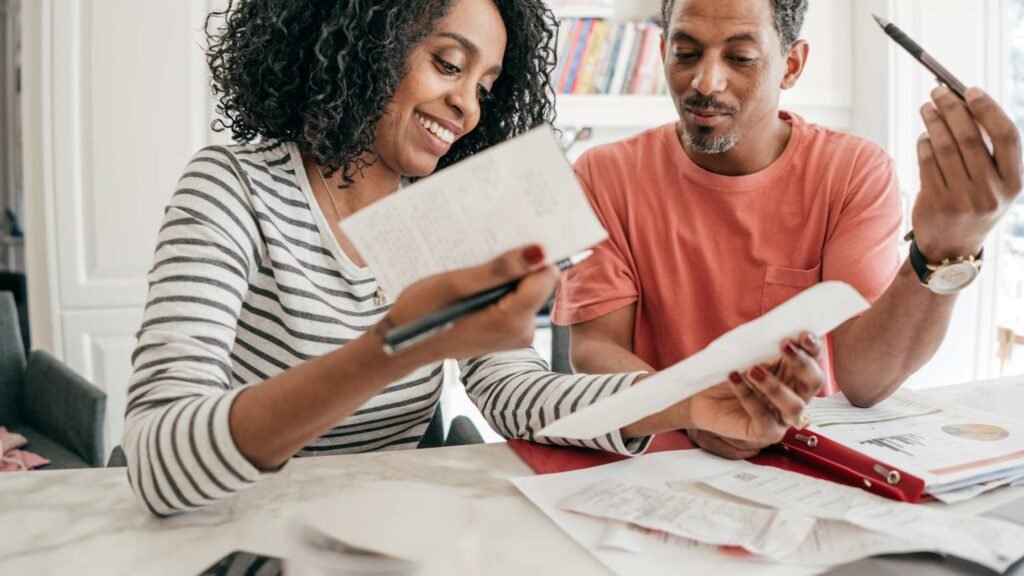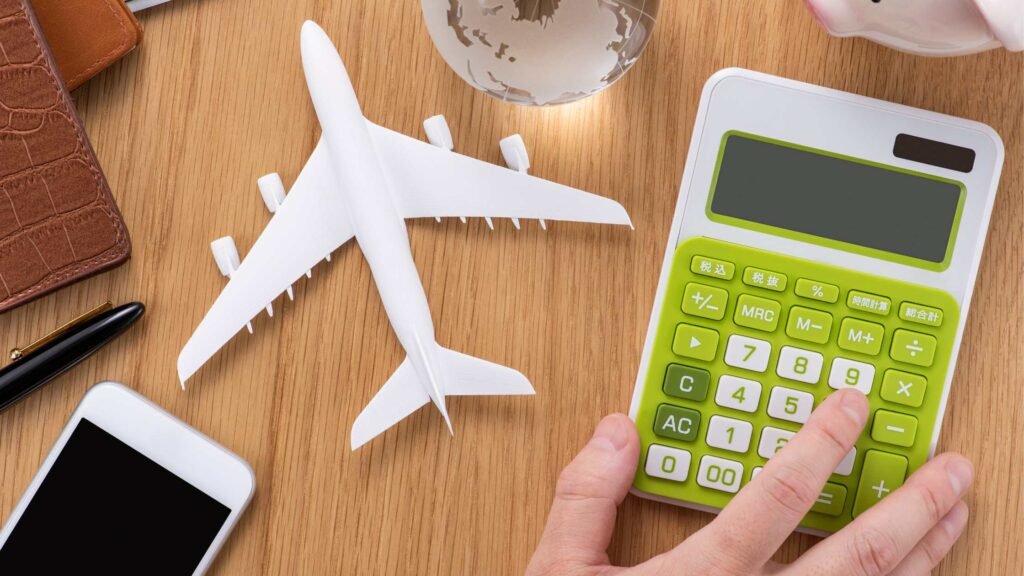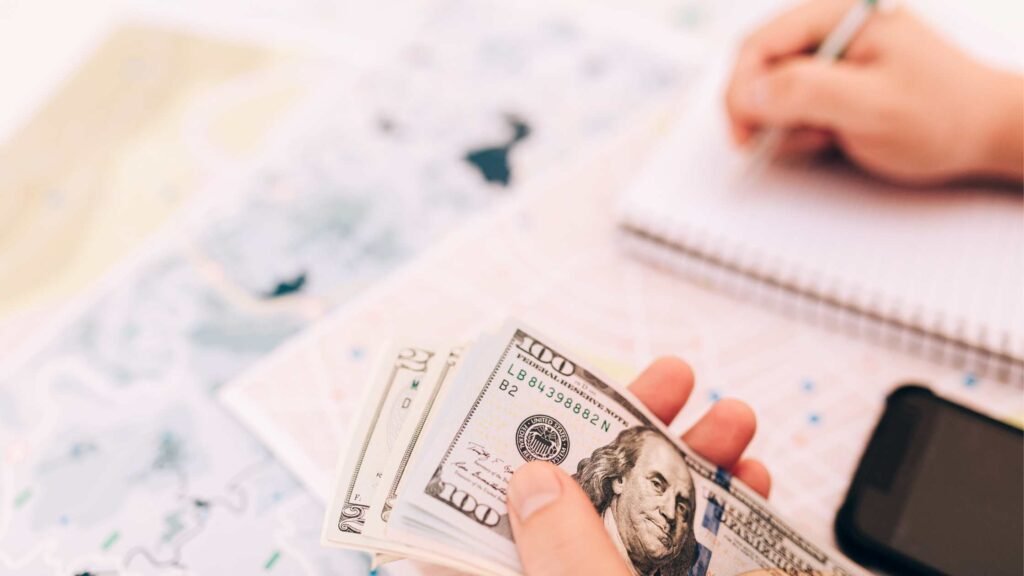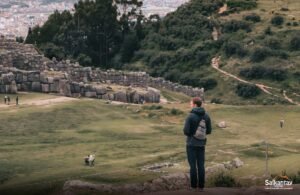Do you know “How Do I Make a Travel Budget Plan?” We will provide best affordable budget plan for an enjoyable journey from this article.
To make a travel budget plan, first estimate your total trip cost, then allocate funds for transportation, accommodation, food, activities, and emergencies. Creating a travel budget plan is essential to manage your finances effectively during your journey and avoid overspending.
Starting on a trip requires financial foresight and planning. Start by researching your destination’s cost of living, as this directly influences your budget. Consider every aspect of your trip—airfare, lodgings, local transportation, meals, tourist attractions, and souvenirs.
Keeping track of potential expenditures enables you to set a realistic budget and make informed decisions about where to splurge and where to save.
Use budget planning tools or spreadsheets to organize your expected costs in a clear and accessible format. Remember to account for unexpected costs by including a contingency fund in your budget. By doing so, you’ll be better prepared for the joys of travel without the stress of financial surprises.
Table of Contents
ToggleThe Basics Of A Travel Budget Plan

Creating a budget for your travels ensures a trip that is both fun and affordable. Let’s dive into how to craft a financial blueprint for your adventure. Begin with outlining the total amount you’re willing to spend. Next, pinpoint expenses like transportation, hotels, and food. Lastly, include funds for activities and leisure. Good planning means no nasty surprises with your bank balance!
Setting Your Financial Limits
Before anything else, decide on the maximum amount you can spend. This limit is your financial safety net. Staying within this boundary prevents overspending. Consider your income, savings, and potential travel fund contributors. Be realistic and clear about your financial ceiling.
Estimating Costs: Transportation, Accommodation, And Meals
These are your core expenses. Transportation costs vary greatly—flights, trains, or buses could be your go-to. Accommodation choices range from hotels to hostels. For meals, plan for dining out and grocery expenses if available. Here’s a sample estimate table:
| Type | Description | Cost Estimate |
|---|---|---|
| Transportation | Flights, trains, rental cars | $300 – $800 |
| Accommodation | Hotels, Airbnb, hostels | $50 – $150 per night |
| Meals | Restaurants, local markets | $30 – $50 per day |
Factoring In Excursions And Entertainment
Adventure and fun activities also need a place in your budget. List down the excursions and entertainment you don’t want to miss. Museums, tours, and local shows can enrich your travel experience. Allocate funds for these experiences and keep an eye on promotions or discounts. Here’s a tip:
- Research prices for top attractions beforehand.
- Set aside a contingency fund for spontaneous adventures.
Destination Research For Cost-saving

Getting on a travel adventure requires savvy financial planning, and destination research is a critical step in crafting a budget that won’t break the bank. Smart travelers know that a little legwork beforehand can lead to significant cost savings. Let’s delve into strategies for pinpointing affordable destinations, understanding seasonal pricing patterns, and uncovering local deals that will make the journey both memorable and economical.
Identifying Affordable Destinations
Finding destinations that align with your budget is the first task.High-value locations offer enriching experiences without a hefty price tag. Start by:
- Checking cost of living indexes. These online tools can reveal inexpensive regions.
- Reading travel blogs and forums for firsthand budget tips.
- Comparing multiple places. Assess the travel costs side by side.
Evaluating Seasonal Price Fluctuations
Travel prices wax and wane with the seasons. To take advantage of this:
- Research the off-peak periods for your chosen destination.
- Book flights and accommodations well in advance during these times.
- Enjoy a quieter, more authentic travel experience at a lower cost.
Exploring Local Deals And Discounts
Cut costs further by scouting for local deals. Savings are plentiful if you:
- Look for discounts on attractions with city passes or tourist cards.
- Consult local tourism boards for current promotions.
- Use apps and websites to find exclusive offers on dining and experiences.
Savings Strategies Before You Go
A journey requires thoughtful financial planning and adequate savings to ensure a stress-free trip. Let’s explore the best strategies to save money before setting off.
Creating A Saving Plan
A savings plan acts like a road map for your finances. Start by setting a clear goal. Determine your travel costs with research.
Calculate daily expenses, flights, accommodation, and activities. Now, break down the total cost into monthly savings targets.
| Total Travel Budget | Months Until Trip | Monthly Saving Goal |
|---|---|---|
| $3000 | 6 | $500 |
Consider opening a dedicated savings account. Automatically transfer a portion of each paycheck into this account. Monitor progress with regular check-ins.
Cutting Unnecessary Expenses
Identify expenses you can reduce or eliminate. Cancel unused subscriptions and memberships. Cook at home instead of eating out.
- Make coffee at home instead of buying daily.
- Sell items you no longer use or need.
- Opt for free activities in your leisure time.
- Use public transport or carpool to save on gas.
- Shop for deals and discounts on necessities.
Smart Financial Tools And Apps
Leverage technology for efficient saving. Use budgeting apps to track expenses and income. Set alerts for bill payments to avoid late fees.
- Download spending tracker apps.
- Utilize cashback and rewards apps.
- Invest in apps that round up purchases, saving the change.
- Look for automatic saving features in your banking app.
Consider investment apps that can grow your money. Keep a diligent eye on your spending habits with these tools. They make saving for travel simple and systematic.
Managing Money While On The Road

Managing money while on the road ensures you enjoy your travels without financial stress. A well-crafted travel budget plan keeps your finances in check so you can focus on the experiences. Keep track of your spending, use credit cards strategically, and protect your funds from potential issues.
Daily Expense Tracking
Staying on top of daily costs helps you stick to your budget. Follow these easy steps:
- Record purchases right away using a mobile app or a notebook.
- Review daily spending each night to ensure you’re on target.
- Categorize expenses to identify where you can save more.
Using Credit Cards Wisely Abroad
Credit cards offer convenience and security when travelling. Use them right with these tips:
- Choose a card with no foreign transaction fees to save money.
- Notify your bank before travelling to avoid card blocks.
- Withdraw cash only from reputable ATMs and banks.
Keeping Your Money Safe
Your money needs protection just like your passport. Follow these secure practices:
| Method | Details |
|---|---|
| Money belts | Conceal cash and cards under clothing. |
| Diversify locations | Spread money across bags and pockets. |
| Use hotel safes | Store extra cash securely when exploring. |
Post-trip Financial Reflection
Returning home with unforgettable memories marks the end of one journey and the start of another: the Post-Trip Financial Reflection. This is a vital step to understand your travel spending habits and to plan better for future adventures. Evaluating expenses after your trip offers valuable insights and helps keep finances in check for your next escapade.
Reviewing Your Spending Against The Budget
Start your reflection by comparing actual costs with your initial budget. Create a simple table formulating categories like accommodation, food, transportation, and activities. Note down planned vs. actual spend in each category. A visual comparison helps identify where you stayed within range and which parts diverged.
Example row add more rows as needed| Category | Planned Budget ($) | Actual Spend ($) | Difference ($) |
|---|---|---|---|
| Accommodation | 500 | 600 | 100 |
Learning From Budget Overruns
Identify instances where spending exceeded the budget. List these instances and reflect on what led to these overruns. Were there unforeseen expenses? Did you indulge in unplanned activities? The cause can help prevent similar issues in the future.
- Unexpected events
- Impulse purchases
- Exchange rate changes
Applying Insights To Your Next Trip
Use the knowledge gained to craft a smarter budget for your next trip. Consider adjustments in your planning like day-to-day spending limits, a contingency fund, or different accommodation choices. Being strategic about finances ensures an enjoyable trip without breaking the bank.
- Set realistic daily spending limits
- Include a contingency amount
- Research cost-effective travel options
Frequently Asked Questions For How Do I Make A Travel Budget Plan?
How Do I Set Up A Budget For A Trip?
Determine your destination and travel length. Estimate costs for transportation, accommodation, food, and activities. Include a contingency fund for unexpected expenses. Track expenses against your budget. Adjust spending as necessary.
How Do You Format A Travel Budget?
Start by categorizing expenses such as transportation, accommodations, meals, and attractions. Estimate costs for each category and tally them for a total budget. Adjust figures to align with your financial limits, and include a buffer for unexpected costs. Keep track of spending as you travel.
What Is A Good Budget For Travelling?
A good travel budget varies, typically ranging from $50 to $300 per day, depending on destination, travel style, accommodation preferences, and activities planned. Prioritize spending on experiences over material things for lasting memories.
How Do I Make A Travel Plan?
Begin by choosing your destination and setting a budget. Research attractions and accommodations, then create an itinerary. Pack essentials according to the climate and activities planned. Confirm bookings and check travel documents. Stay flexible for unexpected changes during your journey.
Conclusion
Crafting a savvy travel budget is your passport to stress-free adventures. By prioritizing expenses, researching costs, and allowing for spontaneity, you unlock the joy of discovery without financial worry. Start planning now; unforgettable journeys await within a budget that works for you.
Safe travels!




